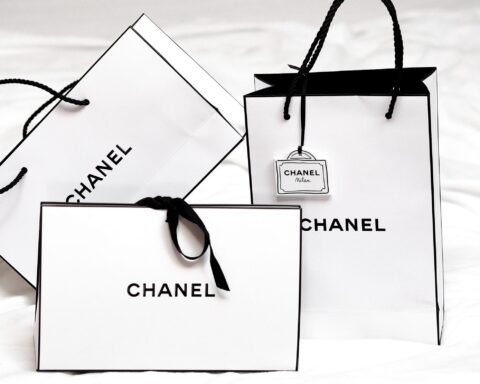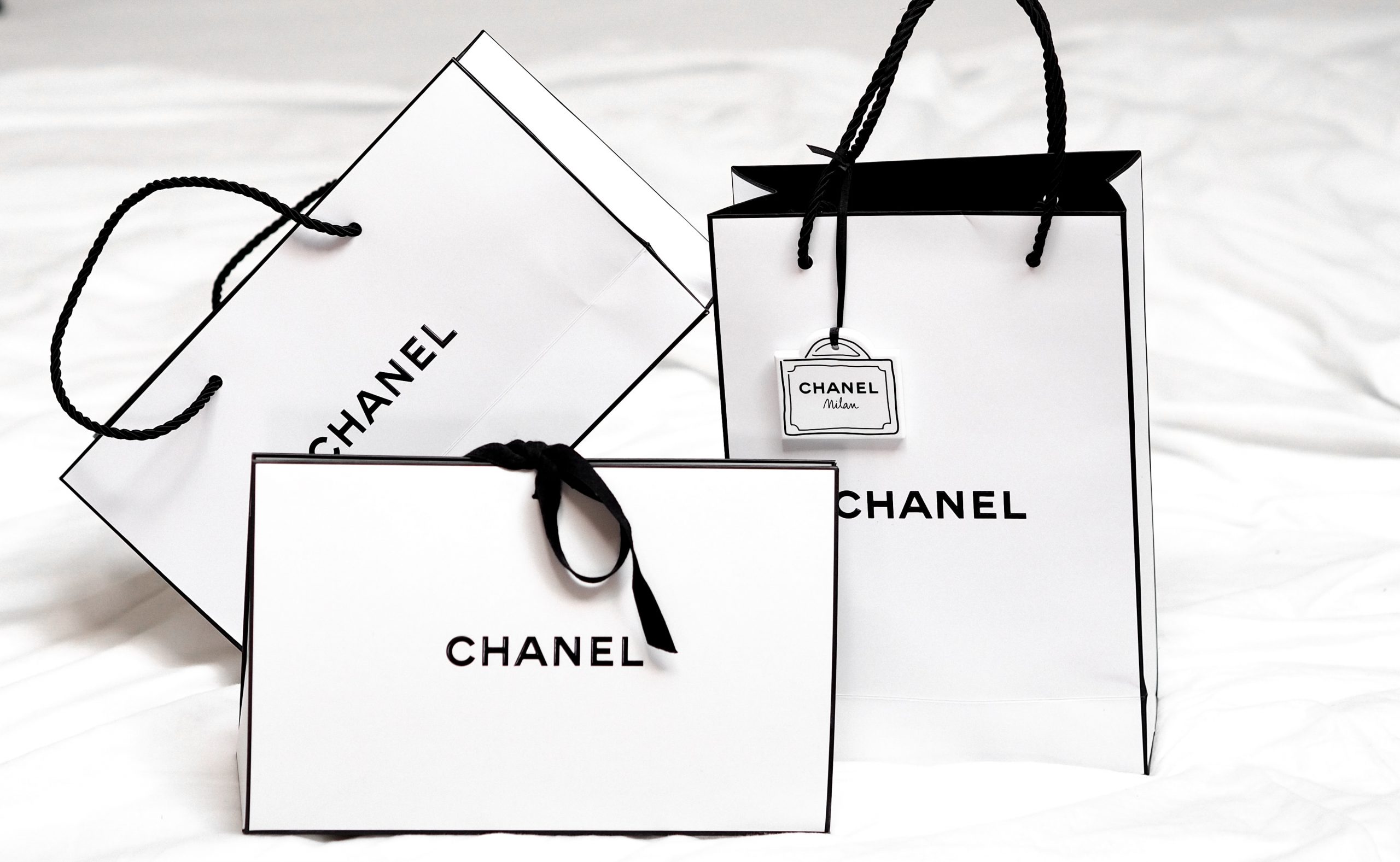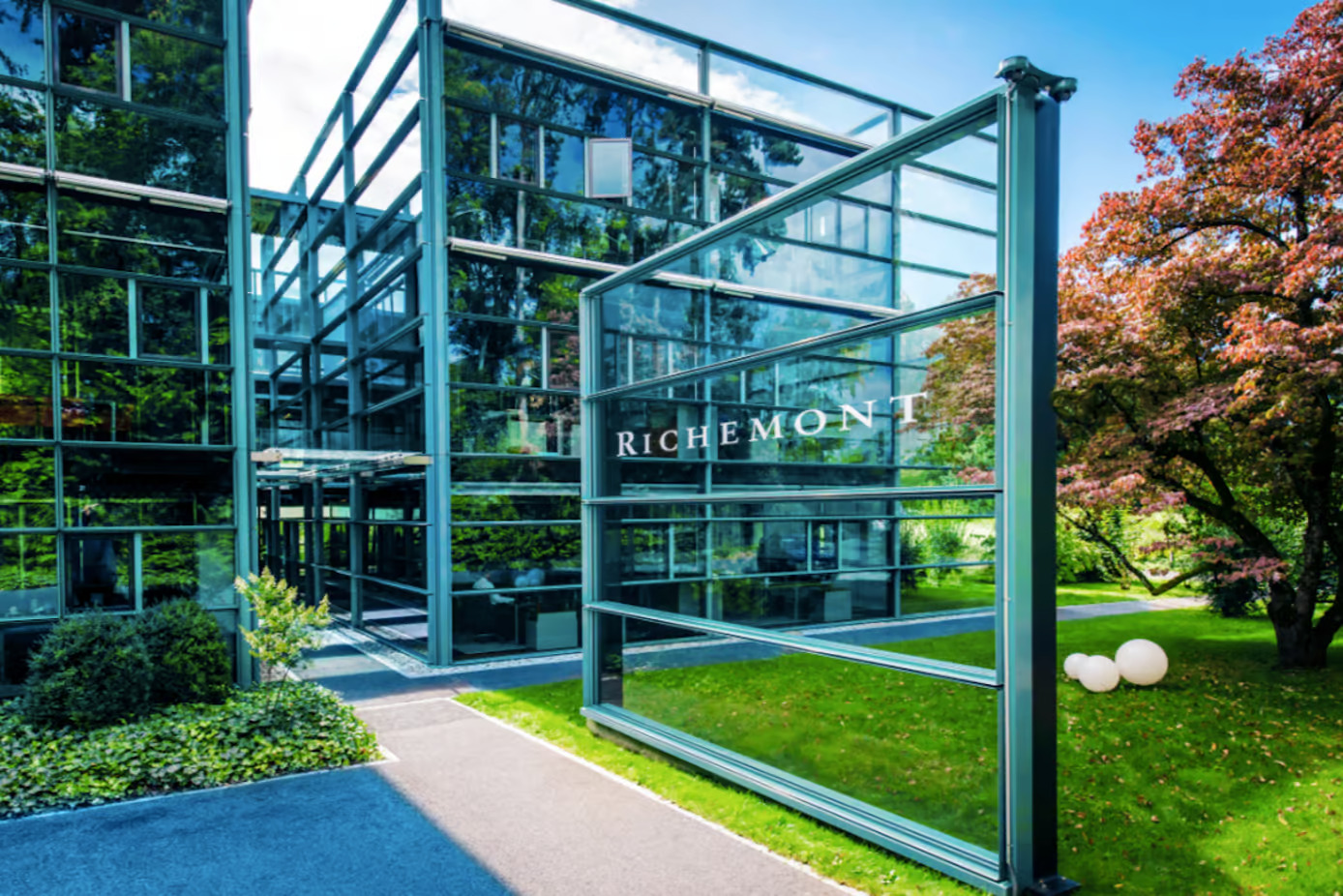For a long time, it seemed that luxury and rarity were inseparable. Then the advent of e-commerce and the big luxury groups in the 90s and 2000s swept away this old habit and flooded our feeds and boutiques with luxury products.
However, for several months now, more and more brands have been (re)adopting the strategy of scarcity. What exactly do we mean by “scarcity strategy”? In an age of immediacy and sharing, does scarcity still make sense? And how do we deal with customers’ frustrations with this more or less orchestrated scarcity?
Co-founder and Managing Director of brand experience agency Héroïne, Rémi Le Druillenec invites you to explore the sometimes little-known springs of customer experience and marketing in the luxury sector. In this, our first column, we turn our attention to the grail that every luxury House seeks to preserve in order to increase its desirability and thus its profitability: rarity.
Luxury brands and scarcity: a long history
For many Maisons, this notion of scarcity – particularly in terms of distribution and available product quantities – guaranteed maximum desirability and the maintenance of high prices, despite the economic context. The takeover of a number of them by international groups and the (imposed) need for an online presence have made this scarcity almost impossible.
Or so many thought! In fact, the number of initiatives aimed at making brands’ presence or expressions rarer has multiplied, to the point of surprising even the most discerning. Boutiques reserved for the most important customers (Chanel, Gucci…), product waiting lists lasting several months, maximum purchase amounts capped, are just some of the resurgences of these strategies.
Other brands prefer to disappear from social networks and, like Bottega Veneta, don’t hesitate to delete their official accounts to let their communities have their say. Beyond questioning the associated business model, we can’t help but think of the balance these brands must now strike between scarcity, desirability and customer satisfaction.
A strategy for every brand
When it comes to scarcity strategy, there are three schools of thought. Each of them will adopt a specific and extremely effective lever.
The first category, and undoubtedly the one that pre-exists the other two, is that of know-how. Whether it’s the saddler and harness-maker Hermès, the historic manufacture Audemars Piguet or the watchmaker of the Patek Philippe transmission, these three Houses are particularly good at promoting their know-how through the rarity of their products.

[arm_restrict_content plan=”registered,” type=”show”]
In this case, the artisanal way of working, the limits of handcrafting and the rigorous selection of materials are just some of the reasons given to justify very long waiting times, or even the impossibility of obtaining these precious products. This exceptional workmanship becomes the ultimate argument not only for product desirability, but also for building a solid, exclusive brand image. What’s more, this strategy of rarity, linked to know-how, induces the notion of brand timelessness and an enlightened investment.
Other Maisons prefer to turn to the strategy of product iconization. One of the most emblematic of these is certainly Chanel, which has succeeded in turning its small, classic bag into an “it-bag” despite a pricing policy that has risen sharply in recent years (the price of the Timeless bag has risen by 75% in four years).
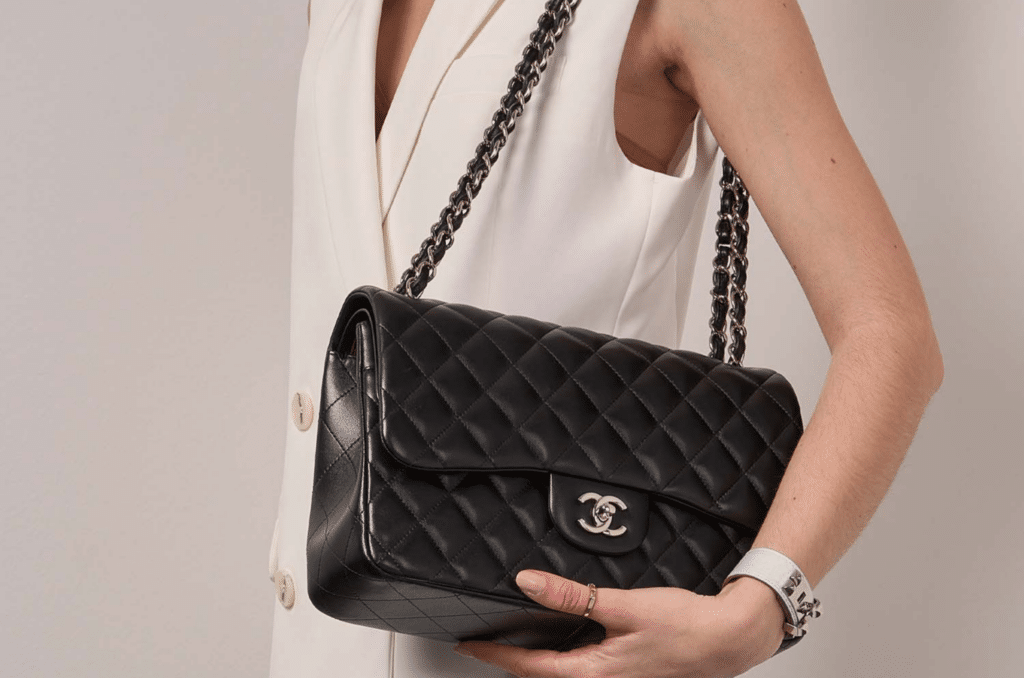
The price increase absorbs the reduction in production quantities, securing business while increasing the desirability of the famous bag. The iconized product thus becomes a symbol of the brand and its history, and plays an active part in the imaginary world so dear to the customers of these Houses. Owning one of these pieces becomes a real privilege for its owner, who combines pride with a feeling of exclusivity.
Last but not least, there are the brands that prefer to hysterize their collections, by multiplying capsule collections and various collaborations. American jeweller Tiffany & Co (notably the collaboration with Nike) or Italian luxury brands (Fendi, Versace, Prada…), seek to arouse customers’ curiosity by proposing new designs and creating a sense of urgency around their products. They play on the effect of rarity with devices such as collaborations to remedy the trivialization of collections from the core business and regain their superbness.
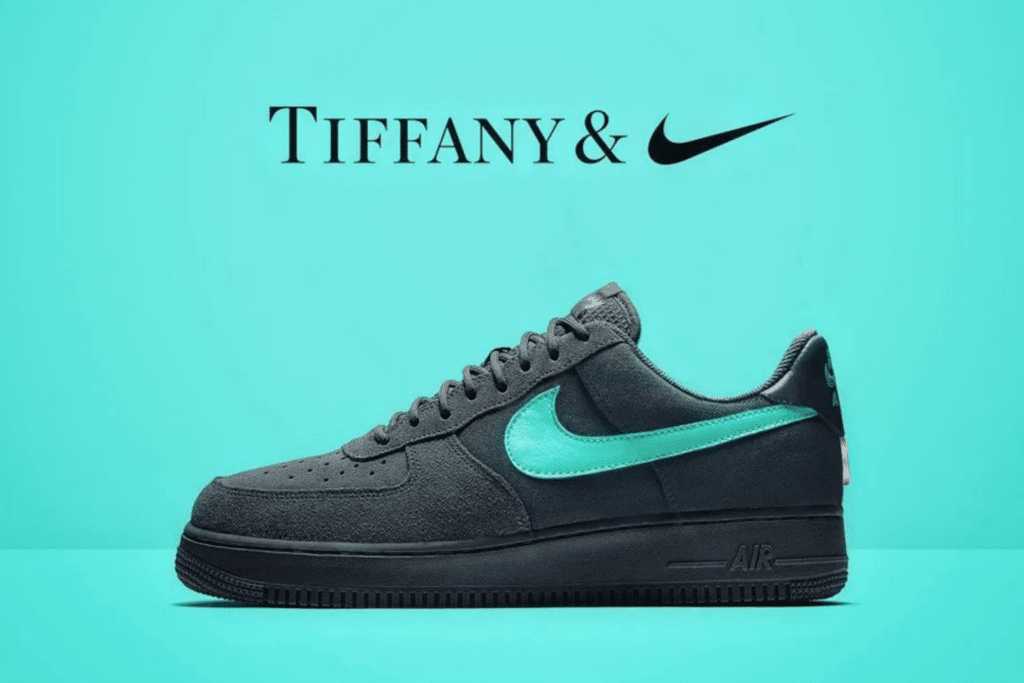
The scarcity effect creates a sense of urgency and appeals to a very primal mechanism in our brains. Cortisol (the stress hormone) produced in this way tends to freeze our brains and encourage quick, rash decisions. Our reptilian brain will, out of survival instinct, seek to fill a potential lack.
This scarcity effect is closely linked to FOMO, the “fear of missing out”. Impulse buying then releases a dose of dopamine (the pleasure hormone), relieving stress and even contributing to a feeling of well-being! Clients and other fans of the brand who have succeeded in obtaining the coveted and desired product find themselves soothed. The enjoyment of such a rare (and therefore precious to them) product gives many a real sense of pride.
Strategies that generate frustration
Even if scarcity strategies are diverse, they all have one thing in common: the frustrations they generate for customers, and in particular the way in which waiting times are managed. To meet this challenge, two areas of work are emerging.
Firstly, transactional wait management.
This involves acting on the friction points directly linked to the act of purchasing and the waiting time to obtain the product. Waiting is more a question of perception than time, even if there is no ideal waiting time. On the other hand, working to occupy these waiting times as effectively as possible helps to reduce the perception of wasted time, and therefore customer annoyance. This can take a variety of forms, starting with virtual waiting times, to free you from the interminable queue at the entrance to the store. For those who are reassured by the fact of being physically present, giving them an estimate of the remaining waiting time, as Louis Vuitton teams do, helps reduce the perception of endless waiting. Cartier’s decision to invite a Gospel choir in front of certain boutiques makes those few minutes less painful. Finally, offering branded content, whether entertaining or educational, is another highly effective option.
It’s essential to offer experiences strong enough to engage the customer emotionally with the brand, outside the product-related waiting path.

In fact, the brands can offer their customers privileged moments to make them forget their frustration, or even forgive the wait and re-enchant the relationship. Panerai, for example, offers exclusive extreme experiences to buyers of its limited-edition Submersible watches. Customers can experience an internship at the GIGN training center, an expedition to the North Pole with Mike Horn or an elite dive with Guillaume Néry. These privileged moments offered by the brands can also be an invitation to an exclusive event, a concert, an exhibition with a private guided tour… All these experiences don’t require the availability of the product, they even free themselves from it to inhabit the waiting time and offer customers unique appointments with the brand.
The strategy of scarcity, whatever the model chosen by the brand, must therefore be combined with generosity in terms of relationships and emotions. Obtaining the product then becomes a pretext for an engaging journey into the brand’s universe, where exclusive experiences and appointments reinforce attachment to the Maison.
[/arm_restrict_content]
[arm_restrict_content plan=”registered,” » type=”hide”]
[elementor-template id=”111955″]
[/arm_restrict_content]
Click here to know more about Héroïne’s brand experience agency
Related articles > CHANEL / HERMÈS: PRICE WAR AND SALES INCREASE
Featured photo: Unsplash+




